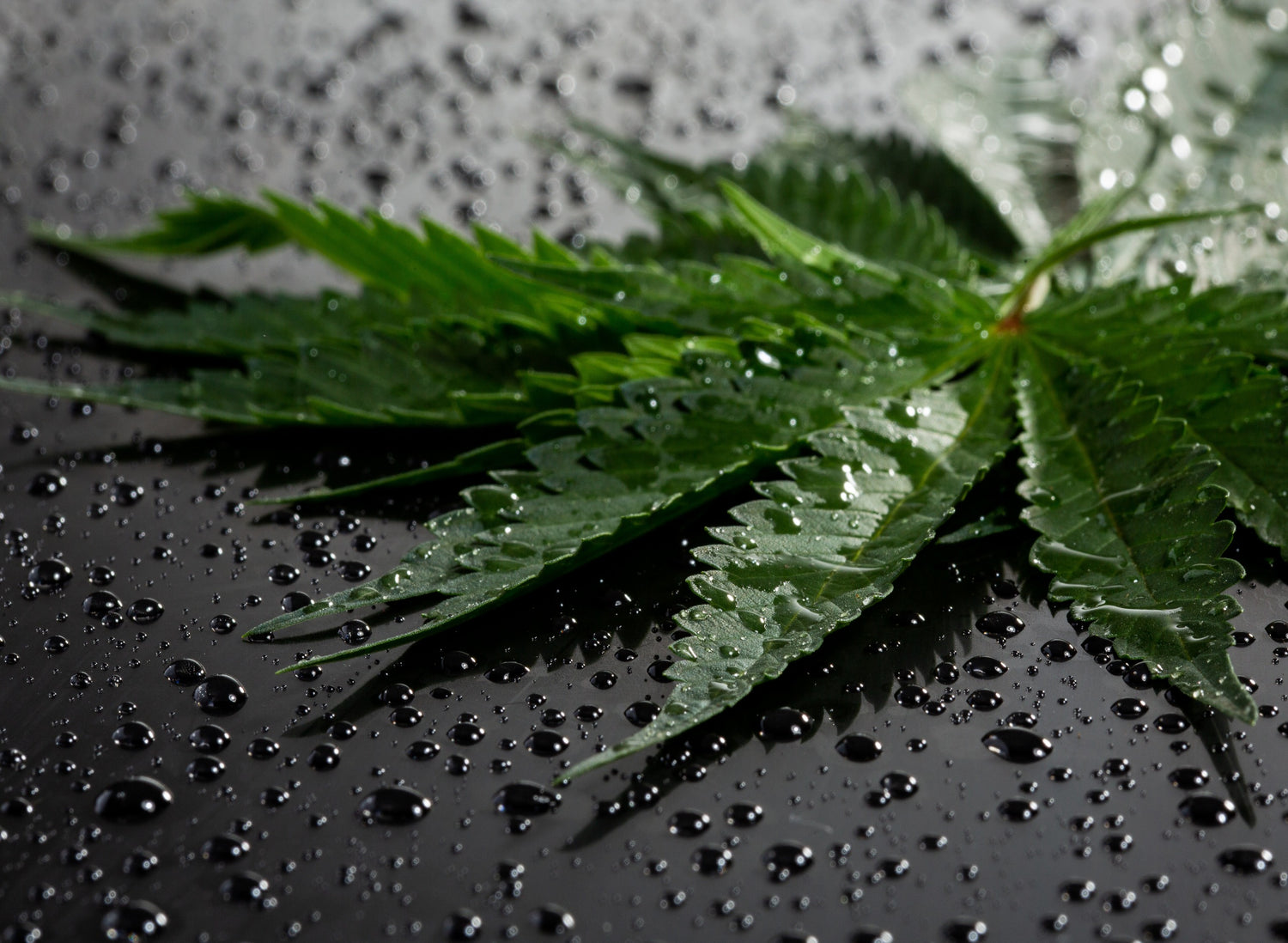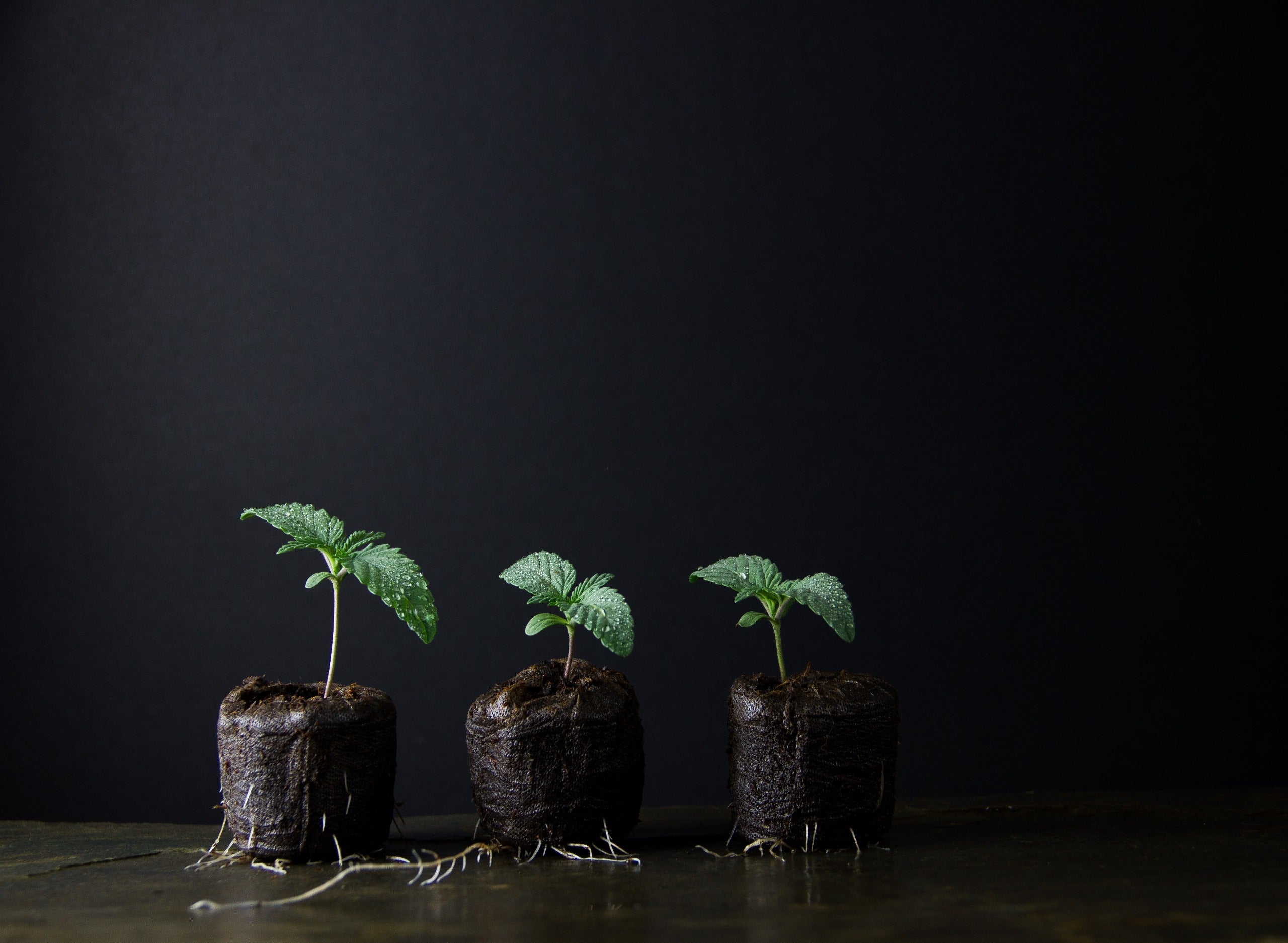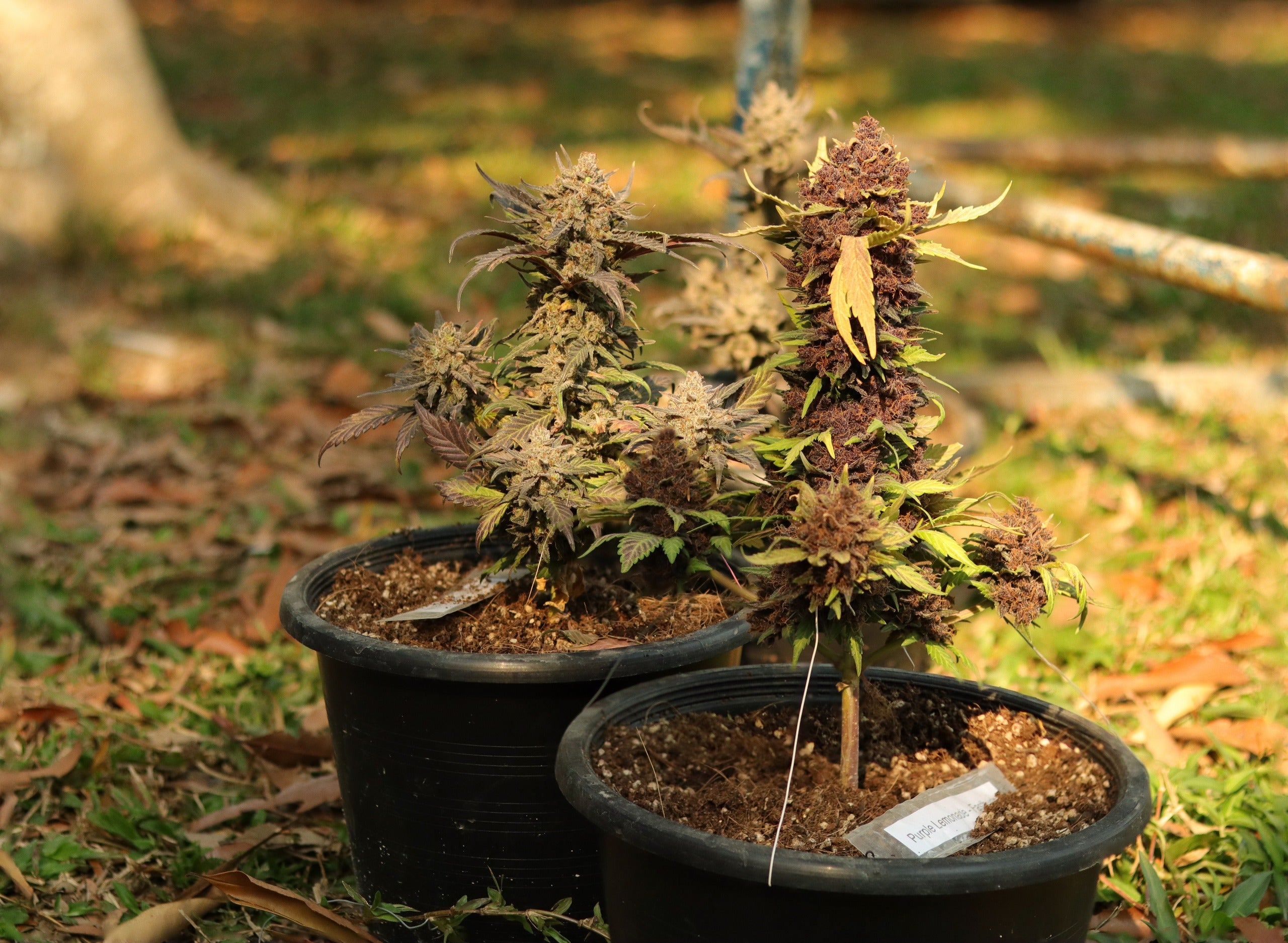As a cannabis grower, one of the most important things you need to know is how to properly water your plants. Overwatering and underwatering are two common mistakes that can have a negative impact on your plants’ growth and yield. In this article, we will discuss the factors that affect watering frequency, the signs of underwatering and overwatering weed plants, and provide tips on how to avoid these issues.
So Let’s Dive into the Deep End!
How Often Should You Water Weed Plants?
Regardless of when you grow marijuana indoors or outdoors, watering weed correctly is an essential part of growing healthy and thriving plants. However, it can be challenging to know how often to water your cannabis. This is because the frequency of watering your plants depends on several factors, including the stage of growth, the size of the pot, and the type of soil. Here are some general guidelines to help you determine how often to water your weed plants:
Watering Frequency by Plant Stage
Germination: Keep the soil wet without soaking it.
Seedling: Water up to twice a day, keeping the soil damp.
Vegetative: Water every 2 to 4 days.
Flowering: Water every 2 to 3 days.
Factors That Affect Watering Frequency
· Pot size: The size of the pot will affect how often you need to water your plants. Smaller pots will dry out faster and require more frequent watering, while larger pots will hold more water and require less frequent watering.
· Soil type: The type of soil you are using will also affect how often you need to water your plants. Well-draining soil will dry out faster and require more frequent watering, while soil that retains moisture will require less. It is important to add products to your soil that help it aerate such as perlite.
· Temperature and humidity: High temperatures and low humidity will cause your plants to dry out faster and require more frequent watering.
· Growth stage: As your plants grow, their water requirements will change. For example, during the vegetative stage, your plants will require more water than during the flowering stage. Actually, underwatering during flower stage can be beneficial, it can build more resilience in the plant and help them better uptake the nutrients and amendments in their soil and feed.
It is safe to say, that if you can master certain factors such as watering frequency, detecting and preventing overwatering your cannabis, and controlling your cannabis plant’s environment, that you can grow cannabis with minimal equipment, successfully. Check out these fundamental signs in case you do overwater cannabis and need to make adjustments.
Signs of Overwatering Your Weed
Overwatering is a common mistake made by novice growers. When you overwater your plants, you are essentially drowning the roots, which can lead to a host of problems. That said, here are some signs that your weed is being overwatered:
Yellowing of the leaves: Overwatering can cause the leaves of your plants to turn yellow. This is a sign of a nutrient problem, which is a side-effect of overwatering.
Mushy soil: If the soil in your growing pot feels mushy or has a spongy texture, it is a sign that you are overwatering your plants.
Slow growth: Overwatering can slow down the growth of your plants and even stunt their growth.
Root rot: Overwatering can lead to root rot, which is a fungal disease that can kill your plants.
Signs of Underwatering Your Weed
Underwatering is another common mistake made by growers. When you underwater your plants, you are depriving them of the water they need to grow and thrive. Here are some signs that your weed is being underwatered:
Wilting: When your plants are underwatered, they will start to wilt and droop.
Dry soil: If the soil in your growing pot feels dry to the touch (1 inch in depth) , it is a sign that you are not watering your plants enough.
Yellowing of the leaves: Underwatering can also cause the leaves of your plants to turn yellow.
Nutrient deficiencies: Underwatering can cause nutrient deficiencies, which can lead to stunted growth and poor yields.
It is easy to see that underwatered cannabis plants are not happy ones! But don’t worry we have put together a list of weed growing tips to help you avoid having an overwatered weed plant or vise versa!
Tips to Avoid Overwatering and Underwatering Your Weed:
Use the right soil: Make sure you are using high-quality soil that is well-draining. This will help prevent overwatering and underwatering in the future.
Water your plants properly: Water your plants slowly, when the top inch of soil is dry. It is best to water on the outside of the plant’s main root system to stimulate the roots to stretch or reach.
Use the right size pot: Make sure you are using a pot that is the right size for your plants. If the pot is too big, it can lead to overwatering.
Use a moisture meter: A moisture meter can help you determine when your plants need water. This can help prevent overwatering and underwatering excessively. To Wrap Things Up… How often you should water your weed plants depends on several factors, including the stage of growth, the size of the pot, and the type of soil. Regardless of if you use cannabis hydroponics, grow in soil, or any other medium, watering frequency will always directly affect the overall health of your weed plants. By keeping your flower hydrated using cannabis humidity packs , following these general guidelines and paying attention to the needs of your plants, you can ensure that your cannabis is getting the right amount of water to grow healthy, strong, and high quality. Remember, overwatering and underwatering can both have negative effects on your plants, so it’s essential to find the right balance. Happy Growing!














Leave a comment
All comments are moderated before being published.
This site is protected by reCAPTCHA and the Google Privacy Policy and Terms of Service apply.